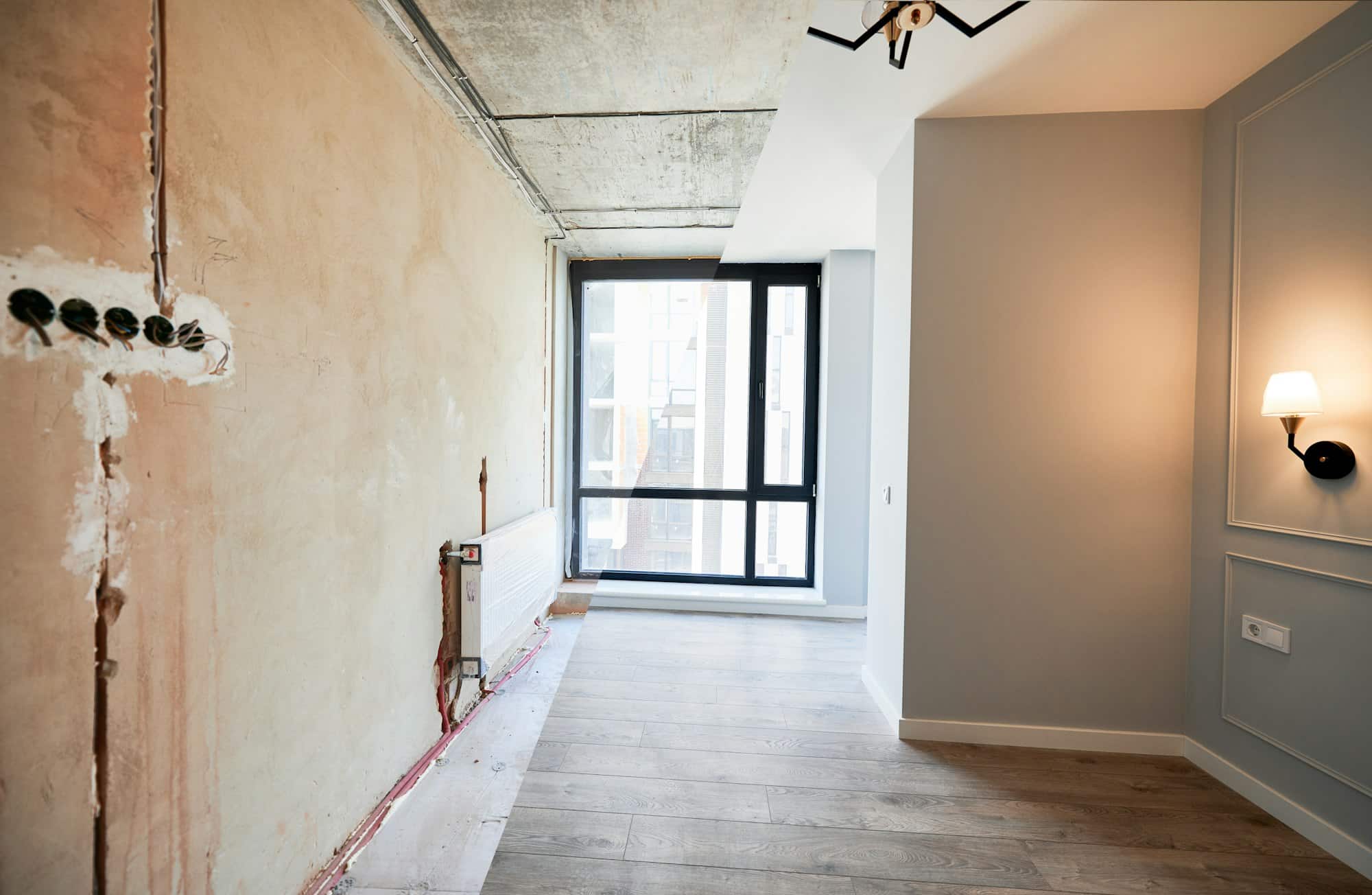A new roof is a significant investment that protects your home and enhances its curb appeal. Understanding the costs involved can help you budget effectively and plan for a successful roof replacement project. Here’s a comprehensive breakdown of roof replacement costs.
Factors Influencing Roof Replacement Costs
- Size of the Roof: Larger roofs require more materials and labor, increasing the overall cost.
- Type of Roofing Material: The choice of materials, such as asphalt shingles, metal, tile, or slate, will greatly affect the cost. Each material has different price points and lifespans.
- Labor Costs: Professional installation is crucial for ensuring longevity and warranty compliance. Labor costs can vary based on location and the complexity of the job.
- Roof Design and Complexity: Roofs with multiple slopes, gables, or intricate designs will require more time and materials, increasing the cost.
- Additional Features: Skylights, chimneys, and complex roof designs can add to the cost of the project.
Cost Breakdown
To help you estimate the costs involved in a roof replacement, here’s a table showing a range of prices for different aspects of the project:
| Component | Low-End Cost | Mid-Range Cost | High-End Cost |
|---|---|---|---|
| Asphalt Shingles | $5,000 | $10,000 | $15,000+ |
| Metal Roofing | $10,000 | $20,000 | $40,000+ |
| Tile Roofing | $15,000 | $25,000 | $50,000+ |
| Slate Roofing | $20,000 | $35,000 | $75,000+ |
| Labor | $5,000 | $10,000 | $20,000+ |
| Roof Removal and Disposal | $1,000 | $2,500 | $5,000+ |
| Flashing and Ventilation | $500 | $1,500 | $3,000+ |
| Total Estimated Cost | $16,500 | $54,000 | $143,000+ |
Tips for Budgeting Your Roof Replacement
- Choose the Right Material: Select a roofing material that fits your budget and climate needs. Asphalt shingles are the most cost-effective, while metal and slate offer longer lifespans but at a higher cost.
- Get Multiple Quotes: Obtain quotes from several roofing contractors to compare prices and services. This will help you find the best deal and ensure quality workmanship.
- Check for Warranties: Look for roofing materials that come with warranties. A good warranty can save you money on repairs in the long run.
- Plan for Contingencies: Set aside an additional 10-20% of your budget for unexpected expenses, such as hidden damage to the roof deck or additional structural repairs.
- Consider Timing: Schedule your roof replacement during the off-season to potentially save on labor costs. Roofing contractors may offer discounts during slower months.

Conclusion
Replacing your roof is a major investment that can enhance the protection and appearance of your home. By understanding the costs involved and making informed decisions, you can ensure that your roof replacement project stays on track and within budget. Use the table and tips provided to guide your planning process and achieve a durable, attractive roof that will protect your home for years to come.








